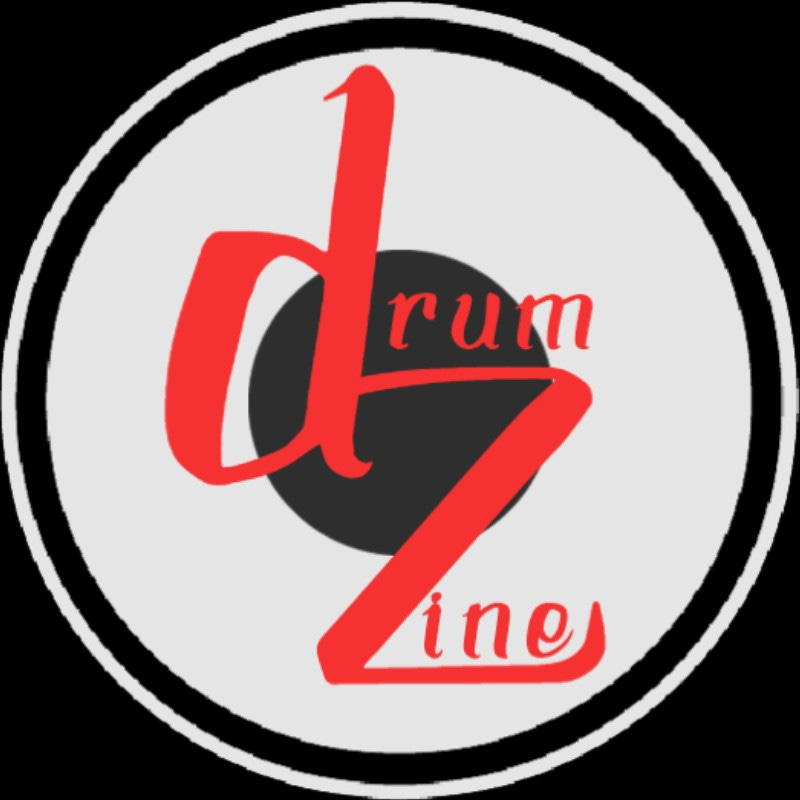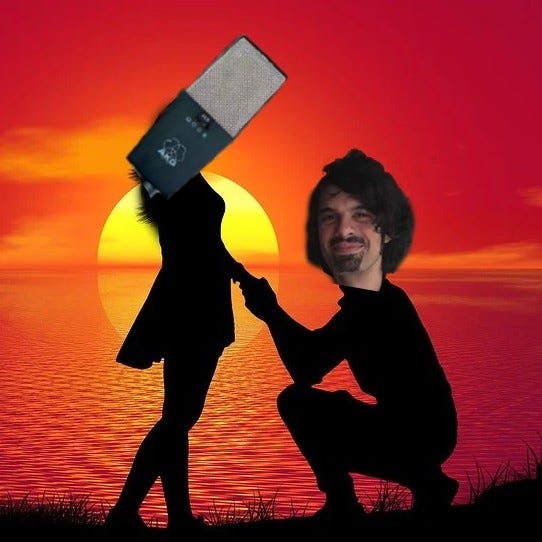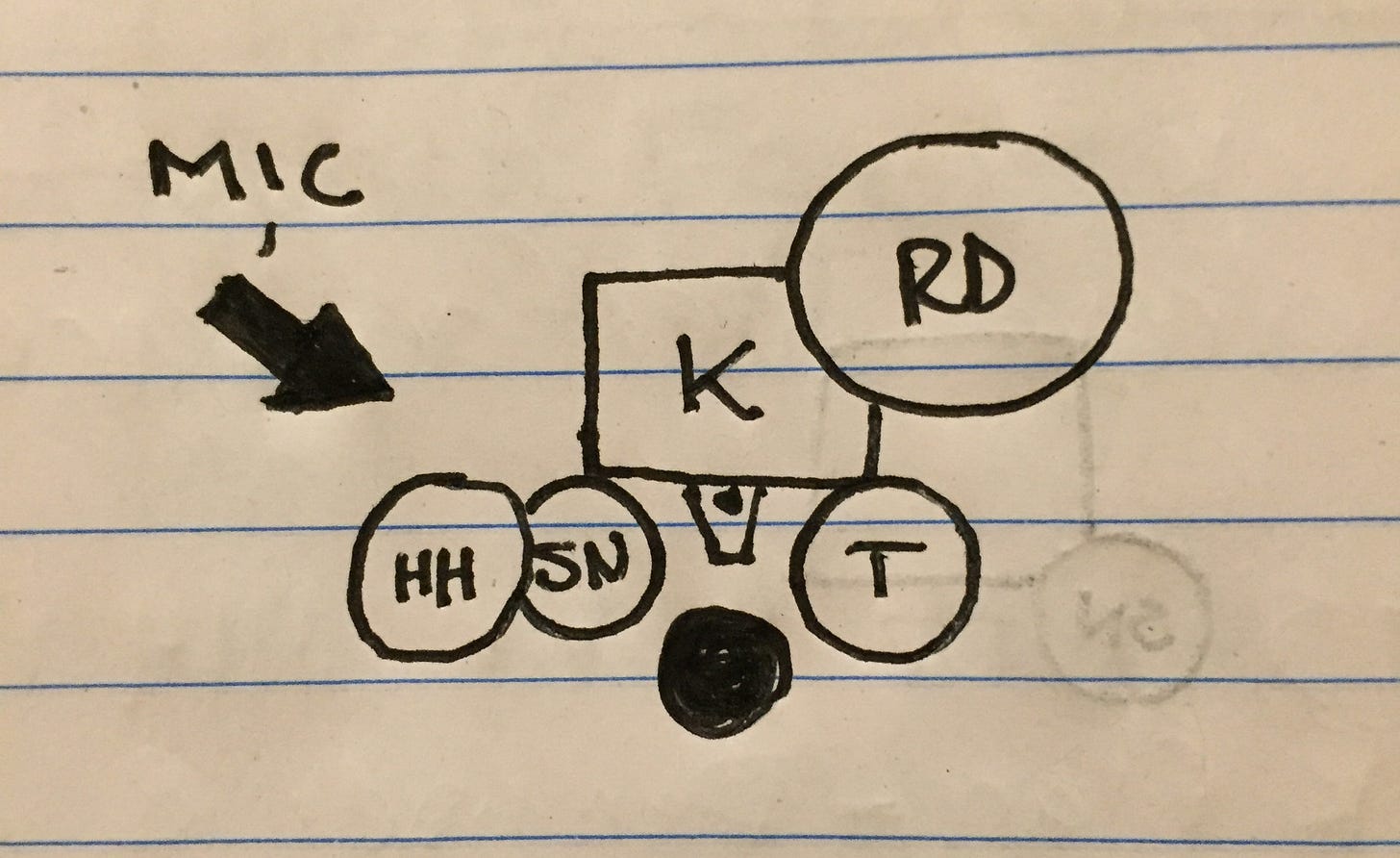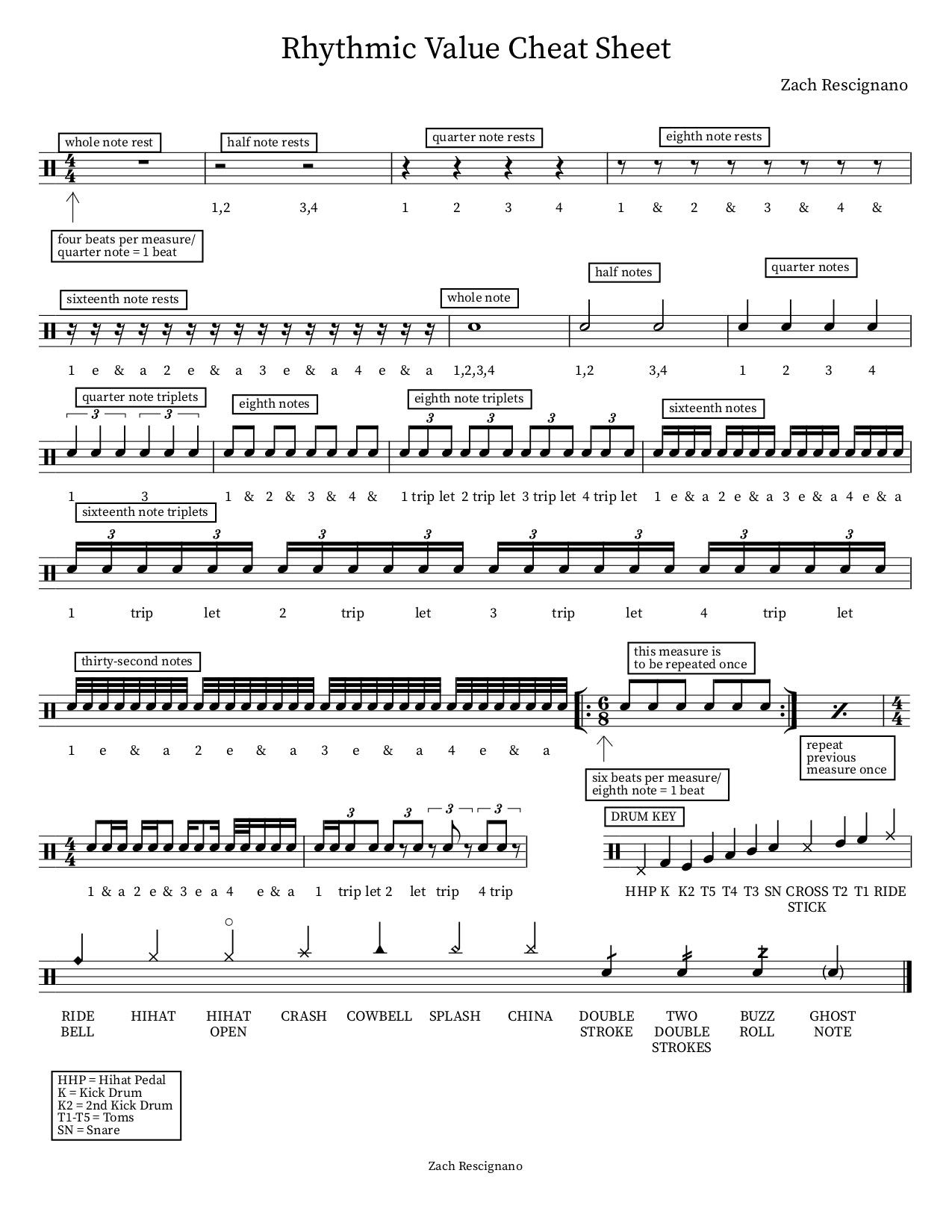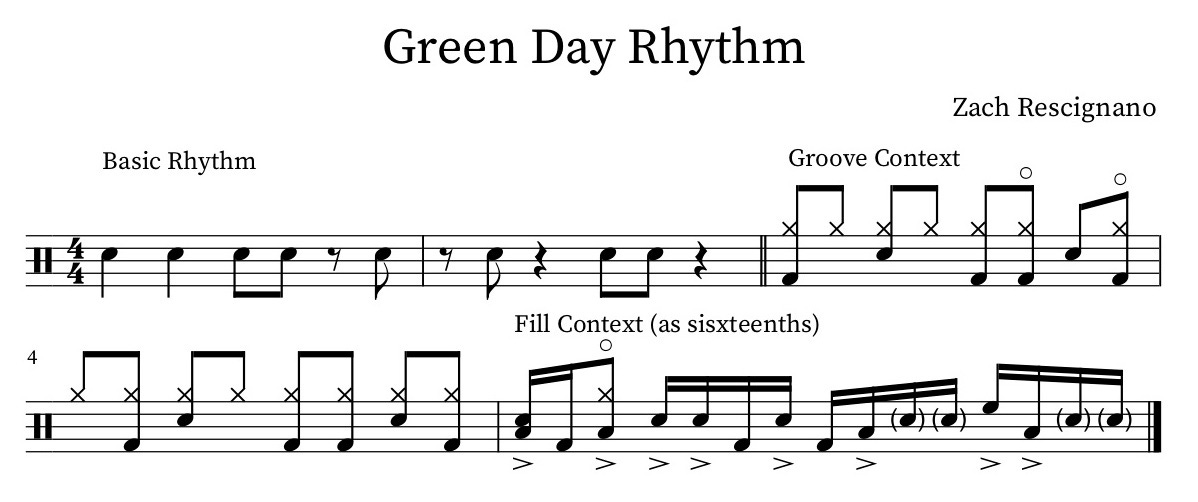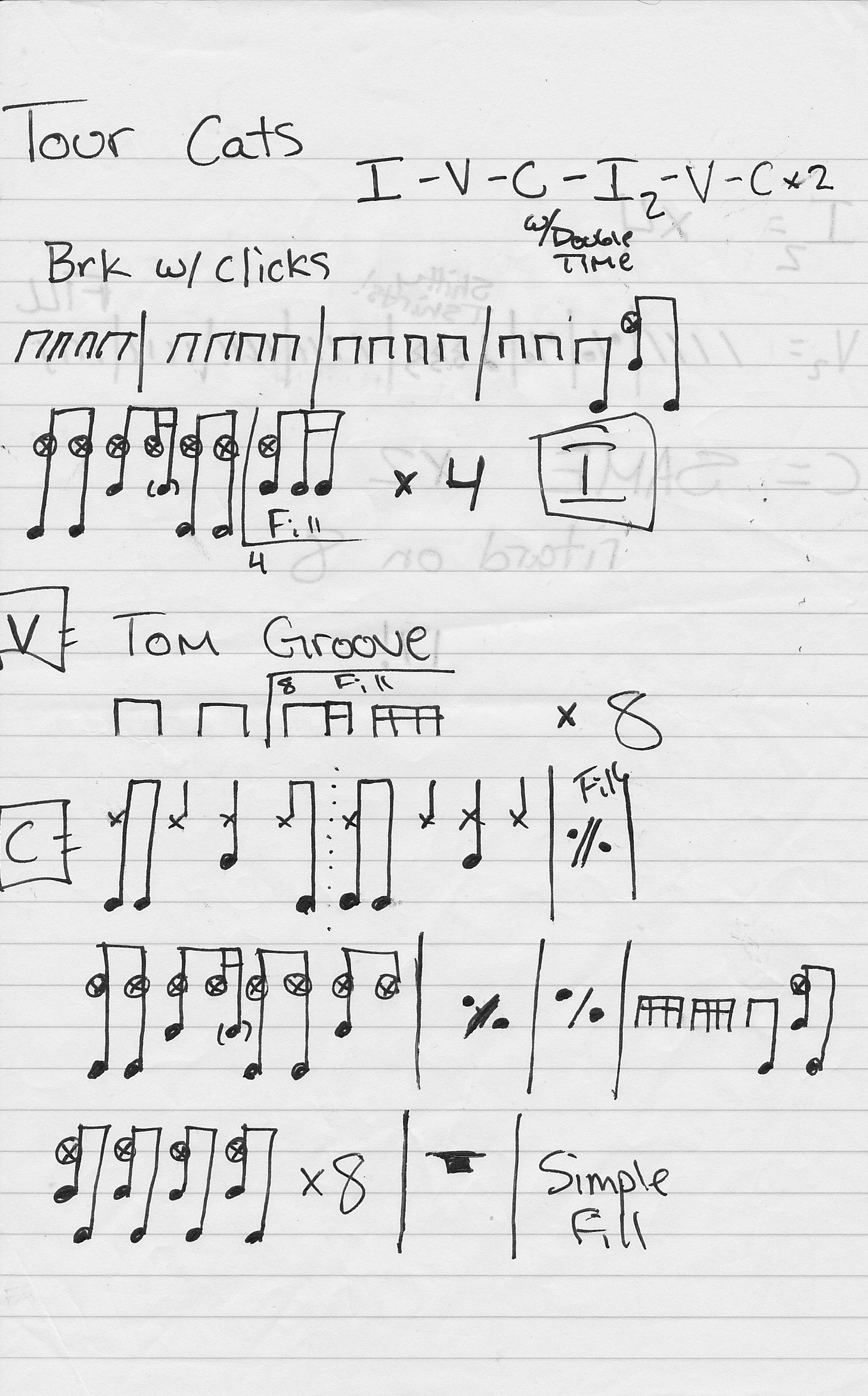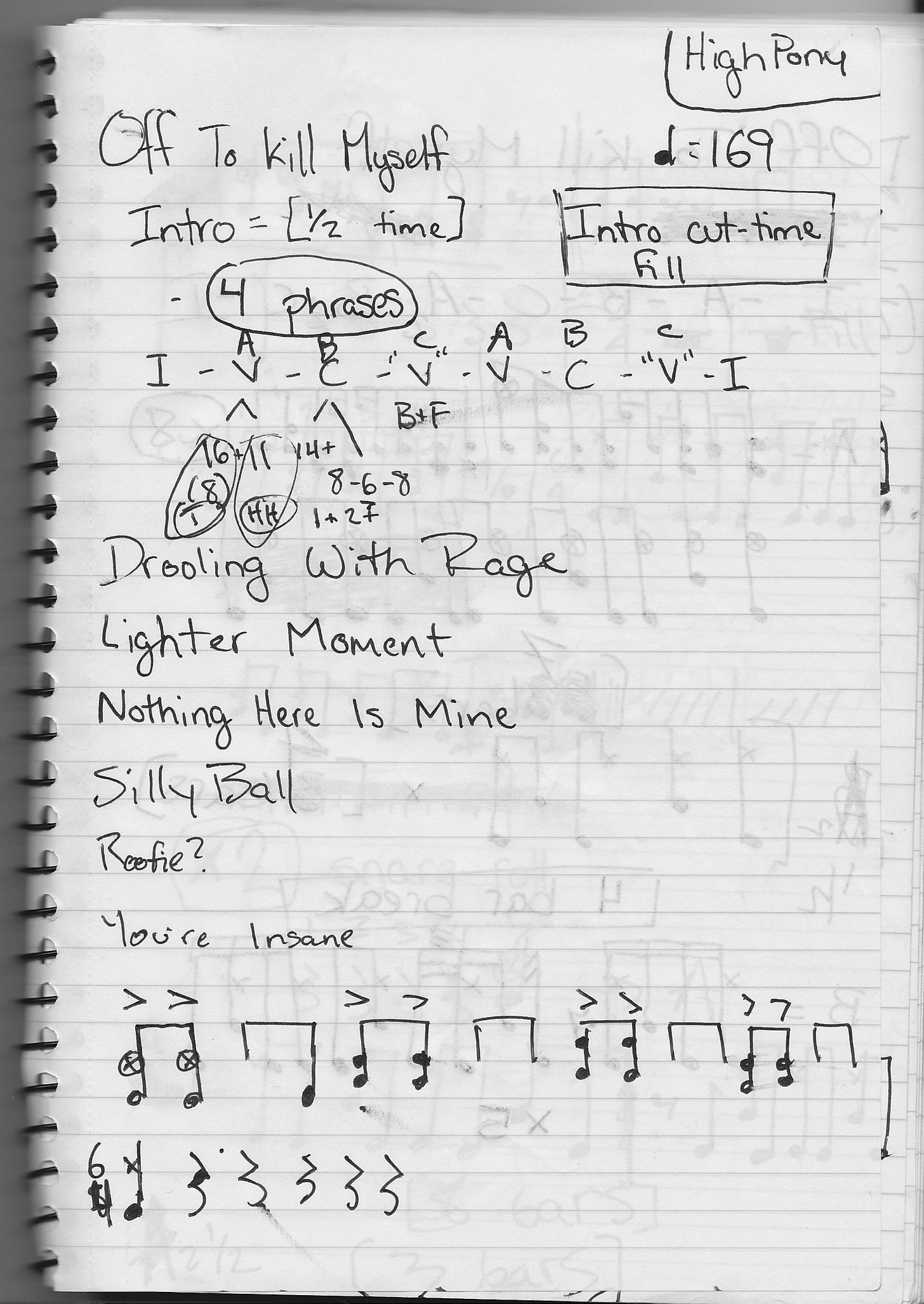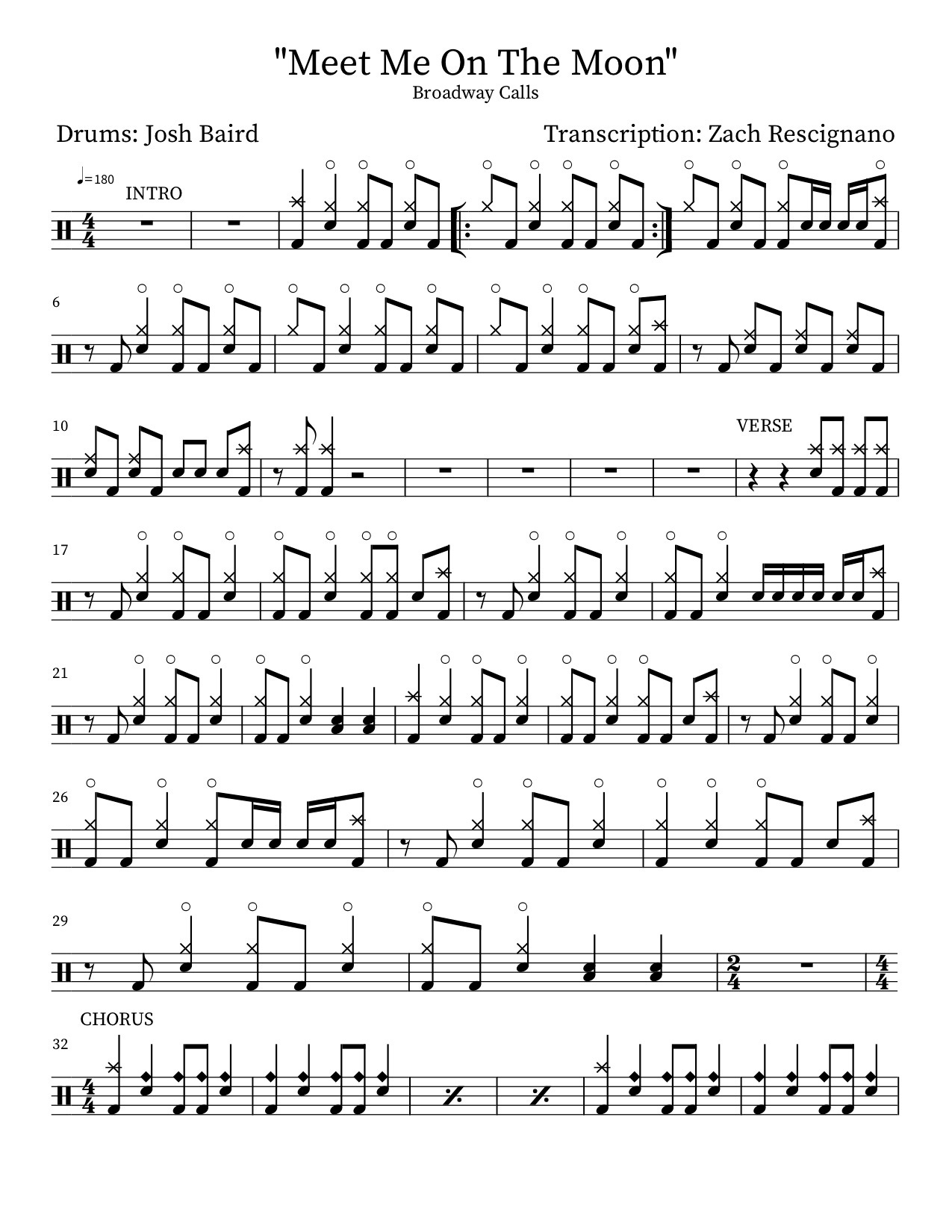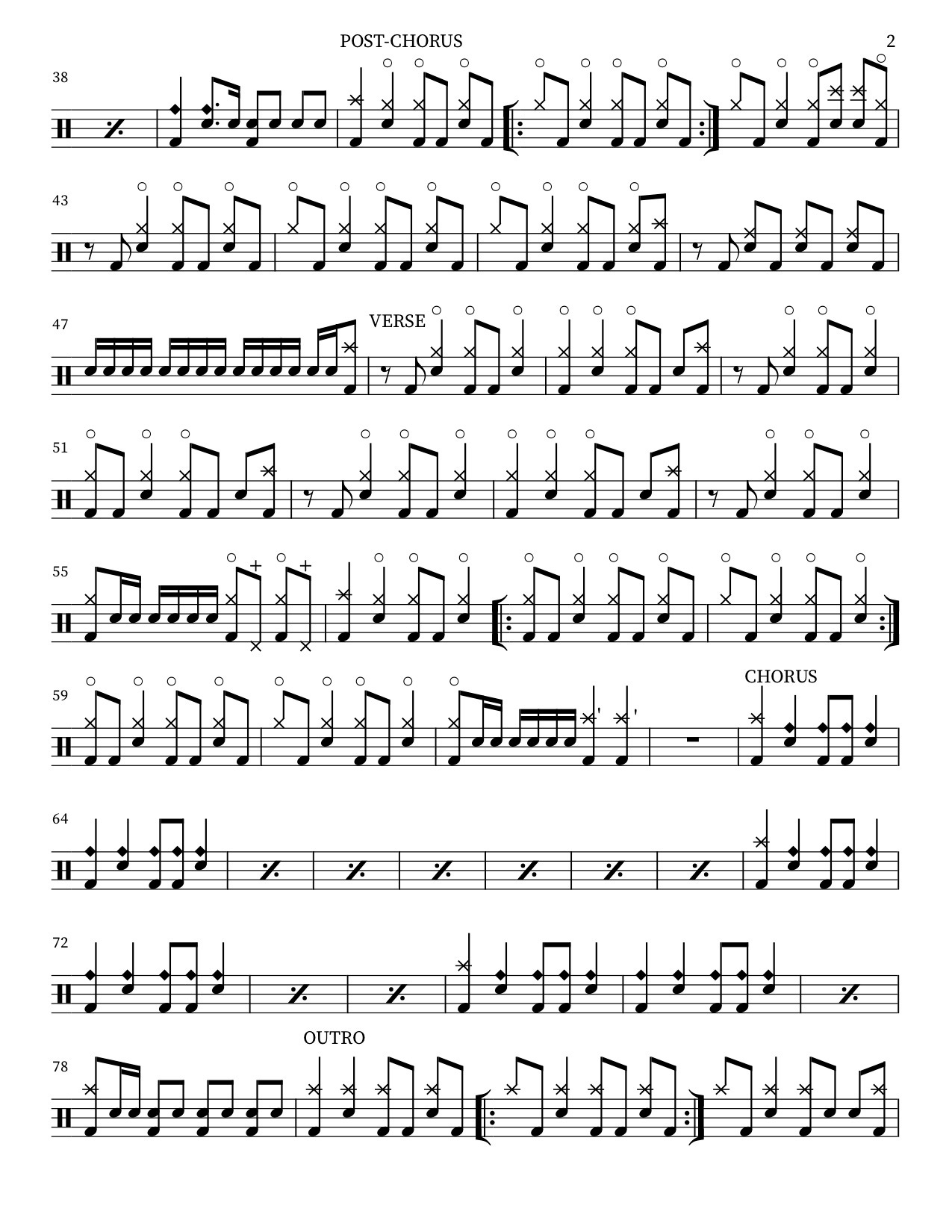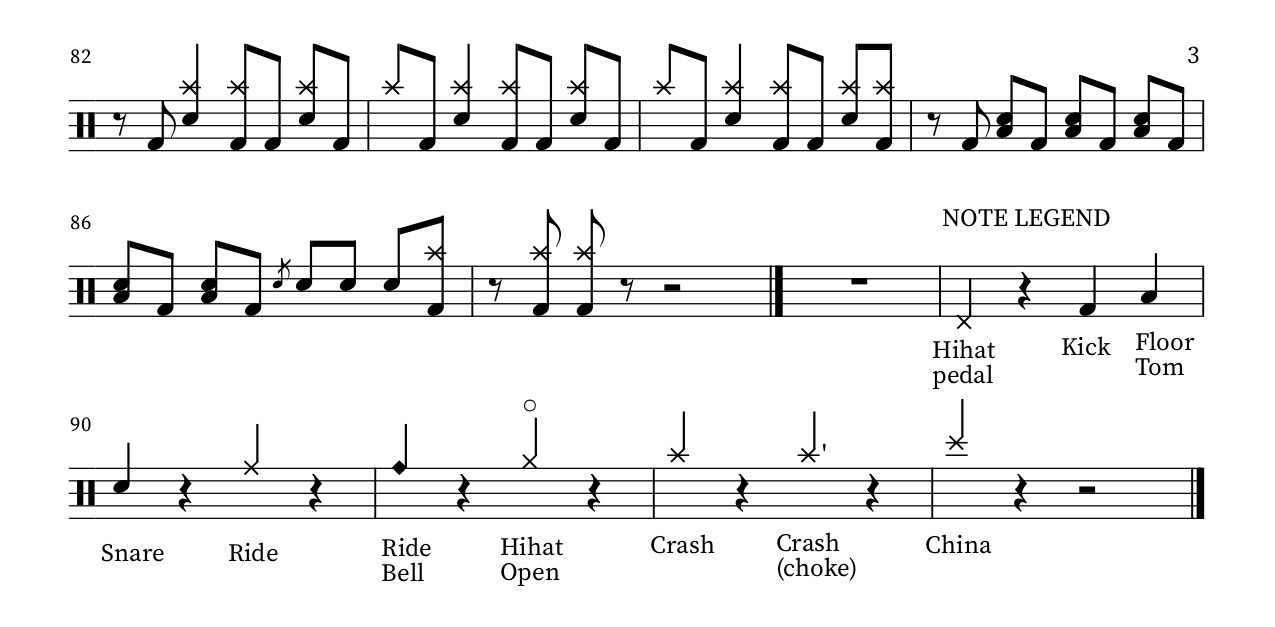4 Punx who can't get enough
Recording tips w/ Jeff Berner, Drum Chart Tips, My Punk(ish) Influences Playlist, and more!
Welcome back! I hope you enjoyed this week’s free intro to punk drums. In this issue, I interview Jeff Berner (producer, engineer, mixer, multi-instrumentalist) of Studio G. I’ll also be sharing some music theory and drum chart tips, as well as some other fun drum resources! Let’s get into it!
RECORDING w/ JEFF BERNER
Jeff has been recording professionally for 14 years now. He currently works at Studio G in Greenpoint. His credits include working with local bands Haybaby, Ghost Funk Orchestra, The Black Black, Kissed By An Animal, Russian Baths, Stuyedeyed, Shilpa Ray, and more. He also plays guitar in the multimedia collective and experimental rock group Psychic TV. Jeff was kind enough to have a chat with me about recording (through the lens of punk music). We get into deep topics such as: his love for the AKG 414-B-ULS (pictured above); a moon gel hack; 1, 2, 3, and 4 mic placements; his (current) favorite band; and some extra tips and tricks.
What made you choose to get into the recording side of music?
The amount of money and fame involved. My Rolls-Royce is outside (laughs). I finished college with a business degree. I got a job at a music store teaching guitar lessons, where I met my friend Chris. He needed a guitar player in his band, so I auditioned. He was building a studio in his basement with a live room and control room. I’m 6’4” and the control room ceiling was super low [mimes having to bend his neck just to fit]. I got bit by the bug. I would see him work on all different kinds of records there. The curtain got pulled, and I was like: “Wait a second… there’ more than just learning how to play a solo badly?”...I started hang out on any session he was doing. At some point he persuaded me to move to Brooklyn. We built a recording studio, called Galuminum Foil, and ran that until 2013. Through those early years is where I learned how to do...anything.
Do you have advice for people who are recording music at home?
A studio with nice gear and consoles, to me, isn’t what makes someone’s music any good. I’ve mixed stuff that has been recorded entirely in rehearsal spaces with like two [Shure SM] 57’s and a room mic somewhere and it’s awesome, just because of the material, not because of the recording.
What should the band have prepared before entering a session?
The most important thing, before we set foot in the studio, is really just establishing a means of communication...A lot of times I’ll meet with people either at the studio or, pre-pandemic, I’ll go out and get a drink with them and talk about what they want to accomplish on the record...both wide screen (in a grand fashion) and the nitty gritty. It’s different with every project, especially with what my role is. I’m rarely just a button pusher, where I hit record and stop (which is fine if that’s the role that I’m gonna play). But I like being involved and getting my hands dirty with everybody. To me, it’s less about what I need from bands (on the first day)...it’s more about what they need from me. What I need is communication and rehearsal demos (which can just be an iPhone in your rehearsal space), especially if I haven’t seen the band live, just to give me an idea of what’s happening in the room. The other part of what I usually tell bands…[for rock music] I work at a place where everybody can play together live, like they’re playing as a band [It’s important to get that cohesive sound, especially in rock music]. The biggest thing is: come prepared and have the songs worked out enough to where you can knock them out in a few takes and be happy with them. Like, there’s no dispute over the arrangement. If there are things that need to be refined a bit more, that’s one thing. Talking about before times: [imagine] you’re a week and half into touring and you’re not even thinking about what you’re playing anymore and you’re just GOING for it. Get to THAT point if you can...and you’ll see really great results.
In terms of reference tracks: Is that ever a helpful thing for a band to come up to you [before recording] and give you a [reference] song?
Reference tracks can be really useful in a way...It’s not always easy to convey the way things sound like...Sometimes they can be audio short hand (like I want my guitar to sound the way it does on “this” record. To me, I think that’s only helpful in the context of having some idea of the band’s actual material. Not leaning on the influence too heavily...I don’t find much fulfillment in copying shit...If you put your own spin on it, you’re gonna be better off.
Do you have any go-to “weird” miking setups?
It’s all dependent on what’s happening [if it’s appropriate to the material]. When the material is somehow open to that, I love experiment. I worked with a band called Activity, probably one of my favorite things I’ve ever done...teh album is called Unmask Whoever. A lot of the drum sounds on there start with a basic tight drum sounds. I’ll throw up at least one, what I call the “Fuck You” mic after I get the basics covered. I’m doing this as an additive thing. [One trick is] using a mic with a figure-8 pattern and having one side pointing towards snare batter side, and one side pointing towards kick. The “null” point faces the hihat. I’ll distort, radically add EQ and compress it. This gets some underside buzz of snare too, and adds [kick drum] beater definition. Another interesting [trick I used] from the [Activity] session, was I used an Lavalier mic (tie clip on). I had an old version of that from the 50’s. Sort of like a pendant of a mic, that you wear as a necklace, and I made the drummer wear it for a couple takes.
Zach Danziger uses contact mics with his cymbals. Have you ever used something like that?
Not on cymbals, but I’ve done it on top of the kick drum, triggering something else. I haven’t thought of contact mics in a while...but now I need to try something.
I know Steve Albini has this room mic trick where he places a mic on the ground of the studio.
Steve is actually working out of the studio I work at right now! What he usually does is he’ll tape a mono room mic to the floor. Then, later on, he’ll delay it (not on the computer. He doesn’t use computers at all). He’ll delay it by 20-30 ms to make the room sound even bigger.
Are there any specific drums you prefer for recording?
All of that is so so dependent on the material and the player. An important thing to say about drums in general: A good drummer mixes themself [check out the “How To Be A Better Sounding Drummer” video in this week’s free issue for more on this]. That, to me, is more important than specific types of drums. Tuning is also important. I learned how to tune drums because, as I started recording more drummers, I was coming across a lot of people that didn’t know how to tune drums. It’s not like with a guitar player, when they’re out of tune, I can say “Would you mind stepping on your tuner and checking it really quickly?” If I can get the drums to really sing in a way then I’m gonna have an easier time mixing down the road.
Snares: For a lot of rock stuff, a Ludwig Supraphonic, or a Black Beauty are great. I also have this pound cake brass snare weighs like 900 lbs and sounds like the Tama Bell Brass (the one Dave Grohl used). I learned from Ian Cheng (Independent, Father Figures), that I can cut out old drum heads and use them as muffling rings (like Big Fat Snare Drum). I also have this snare, which is like a pearl snare that you’d get if you’re learning snare for orchestra in first grade. It’s completely heinous, with 9 diff types gaff tape on it. The strainer is gaff taped to the side of the snare drum. It’s super tuned down in a very non-exact way. It’s the best dry, dead, Al Green, 70’s Fleetwood Mac tone.
I’ve always had trouble with floor toms. I like a deep, not-so-resonant sound. The floor tom on my first ever drum kit sounded perfect and I haven’t been able to replicate that sound.
Something that can be helpful, in terms of resonance: Make sure the bottom head is not tuned lower than the top head. If it’s lower, the pitch is gonna bend down. If it’s tuned slightly higher, it will cut off sooner. I’ve had luck reducing ring of a drum head by experimenting with tape placement. The closer to the center, you’ll reduce more. Try taping a square on the resonant head (bottom head). Then, take a single moon gel on the batter head, start at the outside near the rim and move it around (towards the center) to see what works for you. That’s a way to get the punch and low frequency without resonance.
Jeff, please, I need to know, you’ve hinted at it so many times in this interview and built up the suspense…WHAT IS YOUR MOON GEL HACK?
MOON GEL TIP: Go to Amazon, or not Amazon actually. Go to a non-Jeff Bezos sight and buy a pack of sticky hands. They work just the same and you can get 100 of those for like $12.
What are some of your favorite [punk] records?
Currently, FACS are one of my favorite bands. The drumming is so unbelievably appropriate and non-point. [Check out Void Moments, released earlier this year].
I always really love the Buzzcocks. I thought their songwriting and sense of melody was incredible.
Buzzcocks - Singles Going Steady
Black Flag - Damage
The Stooges - self-titled, Fun House, Raw Power
The Minutemen - Double Nickels on The Dime (Check out the documentary “We Jam Econo.” Half of it is just Mike Watt driving around in a flannel telling stories.)
Thank you again for chatting. Before we go, do you have any final thoughts/words?
It’s easy to get caught up in the gear acquisition syndrome. Gear is great, but performance is better. Expensive and cool gear has nothing to do with a great performance. It’s just additive.
If you have any questions for Jeff, or if you want to record with him, feel free to send him a message via the email below. Also, follow him on Instagram!
JEFF BERNER’S MIC PUNK MIC PLACEMENTS
The kick mic mentioned throughout is the Sennheiser 421 (loud kick players won’t mess this mic up)
1 MIC
Place a condenser cardioid mic between snare and kick, on the hihat side (my go-to is the AKG 414-B-ULS (newer models are brighter and can cause a problem if the drummer is playing a lot of cymbals). The goal is to have it far enough away to get a response from other parts of the kit.
2 MICS
[Sennheiser] 421 inside kick.
Second mic = two options:
Place the other mic in the same spot (as with one mic. see above.)
OR place a [condenser cardioid] mic over the drummer’s head and centered over snare.
- Some favs are the AKG 414, Neumann u67
A lot of those early Beatles recordings had kick drum mic and a big condenser mic over the kit
3 MICS
Repeat kick placement. [It’s important to talk about SPL (sound pressure limits): If you put certain mics (not so much with dynamic mics) inside a kick drum, they won’t be able to handle it and cause distortion.]
Still use a mono overhead, maybe a little higher (~5’ from snare) aimed at kick/snare center.
Third mic goes on the snare (cardioid dynamic).
-To me, the [Shure SM] 57 has a weird mid-range honk. The Telefunken M80 has a bit more top end that’s complimentary on a snare drum. The Revox M500 (cardioid condenser) is a little flatter than the previous two (flatter in terms of frequency response. What you hear is what you get).
4 MICS
My initial response would be to add a room mic. Though lot of times, if I’m doing punk music, I’m not really leaning on room mics. Especially if it’s fast and very cymbal heavy song. That gets trashy in not a great way to my ears.
Same kick and snare placements.
V-shape stereo overheads over the center of the kit. One side is catching hihat, snare, and rack tom. The other side is catching the ride and floor tom.
A lot of times, I’ll elect for spaced pair as opposed to XY. Spaced pair gives you a wider overhead image, because you’re getting a more separated view of the kit. Especially if you’re using a small diaphragm condenser, which is catching a smaller picture of the kit.
MUSIC THEORY & DRUM CHARTS
In this week’s free issue, I talked about the importance of understanding drum notation, and I shared some of the charts I’ve made when learning new songs. For you loyal subscribers, I wanted to give you a closer look into my process of writing charts for songs. Hopefully this will lay the groundwork for you to create your own notes and make the song-learning process faster and easier!
First off, we need to be able to speak the language of rhythm. I put together a worksheet outlining basic rhythmic notation and metering:
Step-by-Step Learning a Song
On the first listen, I take in tempo and the structure of the song and write it down. Depending on the song, I’ll either elect for “A section, B section, C section, etc.,” or I’ll use letter abbreviations to mark the verse/chorus/bridge. Use whatever works for you!
Next, I’ll write out the main grooves for each section. If there’s a fill that’s important, I’ll chart it out. If it’s not integral to the song, I will sometimes just write out the basic rhythm, or make custom notes to nudge me in the right direction. An easy one for me to remember (that shows up in a lot of punk/pop-punk music) is what I call the “Green Day Rhythm.” It shows up in [all?…most] of their songs and looks like this:
After that, I begin working out transitions and lengths of each part of the song. I’ll take note of any weird repeats, or unusual phrasings. Usually there are changes to the groove in the bridge and final chorus/outro, so I take special care to pick up on them.
If there are any parts that give me trouble, or don’t sit right with me, I try to adjust what I play, so it can sit well in the performance. The amount I change will vary between artists. When learning another drummer’s parts I try to keep them true to the original, at least in the beginning. Any minor changes come after the song has been sitting in my body for a while.
Below is example of the notes I made for the song Tour Cats, by TOP nachos:
The end goal is to get off-book entirely. In order to be present and in-the-moment with other musicians, you can’t be staring down at your paper every 15 seconds. Test yourself periodically and don’t look at the sheet, even when you feel you need to do so. Oftentimes, we know more than we think we know. I can’t tell you how many times I actually forgot to bring my notes to a practice, or show, and surprised myself by getting through the whole song with minimal hiccups.
If there are still some small things that you need a reminder for, consider condensing your notes into a single sheet setlist. That way you can write out small reminders for yourself. Here’s an example of a setlist I made for a High Pony show:
And here’s an example of the notes I made for a blink-182 cover set I did last year:
TRANSCRIPTION
MY PUNK(ish) INFLUENCES
Wendy Clear - blink-182
Toxic Kids - Broadway Calls
I’m The One - Descendents
Public Domain - The Dopamines
We All Float Down Here - Four Year Strong
Waiting Room - Fugazi
Viet Nam - Minutemen
CNT - The Royal They
Kamikaze Kids - The Penske File
Fat Lip - Sum 41
CODA
Thanks for joining in this week! Make sure to check back in a couple weeks for more drum fun. If you have any questions/comments, feel free to email me, or hit me up on Instagram! And now for a corny goodbye: Drum on, friends!
Instagram: @zachres7




